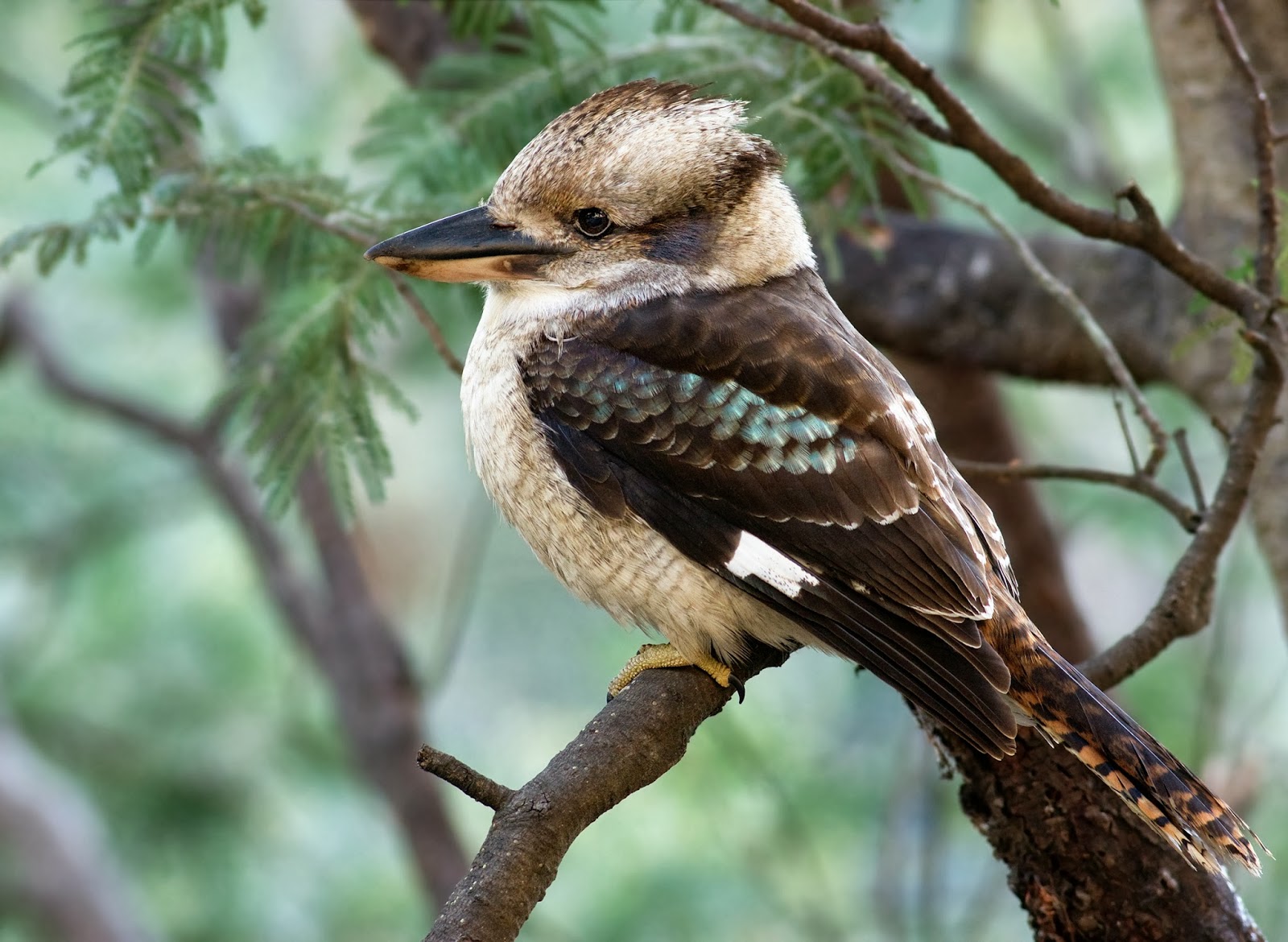The kookaburra bird, known for its distinctive call, is one of Australia’s most iconic species. With its striking appearance and unique behaviors, the kookaburra has captured the hearts of bird enthusiasts and casual observers alike. This article aims to provide an in-depth look at the kookaburra, covering everything from its biology and habitat to its cultural significance and conservation efforts. Whether you are a seasoned ornithologist or a curious nature lover, you will find valuable information about this fascinating bird.
In this article, we will explore the different species of kookaburras, their physical characteristics, diet, and mating habits. We will also discuss their natural habitats and the challenges they face due to environmental changes. Additionally, we will delve into the cultural significance of kookaburras in Australian folklore and their role in local ecosystems. By the end of this guide, you will have a comprehensive understanding of what makes the kookaburra a remarkable bird.
As we navigate through this extensive guide on kookaburras, we will ensure that all information is backed by reliable sources and presented in an engaging manner. So let’s dive into the world of kookaburras and discover the beauty and uniqueness of these incredible birds!
Table of Contents
- Biography of the Kookaburra
- Physical Characteristics
- Different Species of Kookaburra
- Natural Habitat
- Diet and Feeding Habits
- Breeding and Nesting
- Cultural Significance
- Conservation Efforts
- Conclusion
Biography of the Kookaburra
The kookaburra belongs to the kingfisher family, known scientifically as Dacelo. With its striking plumage and loud, laughing call, the kookaburra has become a symbol of the Australian bush.
| Data Point | Information |
|---|---|
| Scientific Name | Dacelo novaeguineae |
| Common Name | Kookaburra |
| Family | Alcedinidae |
| Habitat | Eucalyptus forests, woodlands, and gardens |
| Size | Up to 45 cm in length |
| Weight | Up to 1.2 kg |
Physical Characteristics
Kookaburras are easily recognizable due to their large size and distinctive features. Here are some key physical characteristics:
- **Coloration:** Kookaburras have a predominantly brown and white plumage, with blue accents on their wings.
- **Beak:** They possess a long, strong beak that is ideal for catching prey.
- **Eyes:** Their large, expressive eyes are adapted for excellent vision, particularly in low light.
Size and Weight
Adult kookaburras typically measure between 40 to 45 cm in length, making them one of the largest members of the kingfisher family. They can weigh up to 1.2 kg, with males generally being slightly larger than females.
Different Species of Kookaburra
There are three recognized species of kookaburra:
- Laughing Kookaburra (Dacelo novaeguineae): The most well-known species, famous for its distinctive call that resembles laughter.
- Blue-winged Kookaburra (Dacelo leachii): Recognized for its vibrant blue wings and different habitat preferences.
- Rufous-bellied Kookaburra (Dacelo gaudichaud): A lesser-known species found in northern Australia, with a rufous-colored belly.
Natural Habitat
Kookaburras are native to Australia and New Guinea, thriving in a variety of habitats:
- Eucalyptus forests
- Woodlands
- Open grasslands
- Urban gardens and parks
They prefer areas with plenty of trees for nesting and hunting, as well as open spaces for foraging.
Diet and Feeding Habits
Kookaburras are carnivorous birds that primarily feed on:
- Insects (e.g., beetles, crickets)
- Small mammals (e.g., mice)
- Reptiles (e.g., snakes, lizards)
- Frogs
They are known for their hunting technique, which involves perching silently and swooping down to catch prey with their powerful beak.
Breeding and Nesting
Kookaburras are monogamous birds that form strong pair bonds. Their breeding season typically occurs from August to February. Here are some key points about their breeding habits:
- **Nesting:** They build nests in tree hollows, often reusing the same site for multiple years.
- **Eggs:** A typical clutch consists of 2 to 4 eggs, which are incubated by the female for about 24 days.
- **Chick Care:** Both parents participate in feeding the chicks, which fledge after about 4 weeks.
Cultural Significance
Kookaburras hold a special place in Australian culture and folklore:
- **Folklore:** They are often featured in Aboriginal myths and stories, symbolizing joy and laughter.
- **Popular Culture:** The kookaburra’s call has become synonymous with the Australian bush and is frequently used in media.
Conservation Efforts
While kookaburras are not currently endangered, they face challenges due to habitat loss and climate change. Conservation efforts include:
- **Habitat Preservation:** Protecting natural habitats through conservation programs.
- **Public Awareness:** Educating communities about the importance of kookaburras to the ecosystem.
- **Research:** Ongoing studies to monitor population trends and health.
Conclusion
In summary, the kookaburra bird is a remarkable species characterized by its unique appearance, behavior, and cultural significance. Understanding the kookaburra’s biology, habitat, and conservation needs is crucial for preserving this iconic Australian bird for future generations. We encourage you to share your thoughts on kookaburras in the comments below and explore more articles on our site!
Thank you for reading this comprehensive guide on kookaburras. We hope to see you back on our site for more fascinating insights into the world of wildlife!



